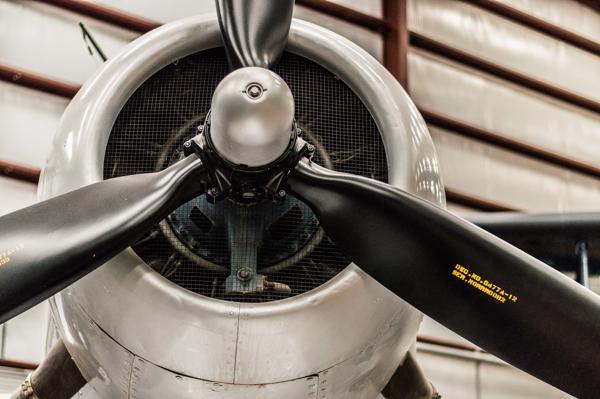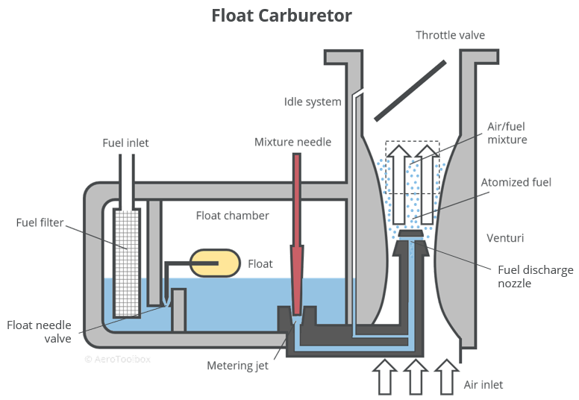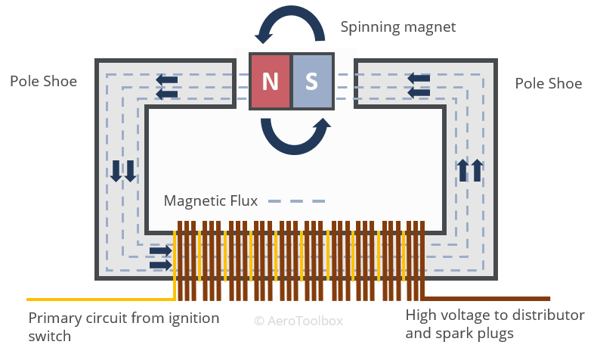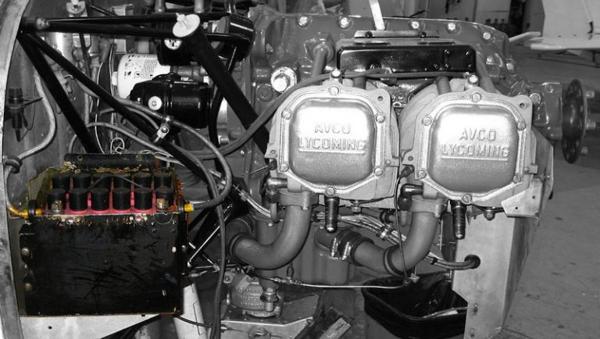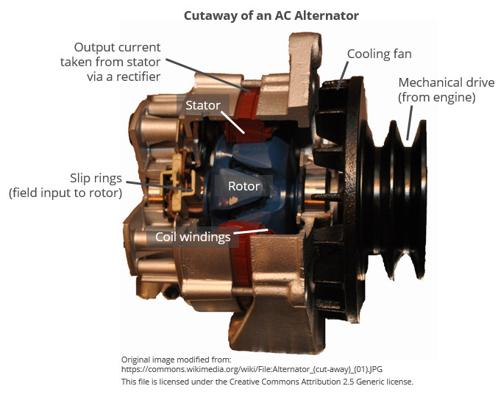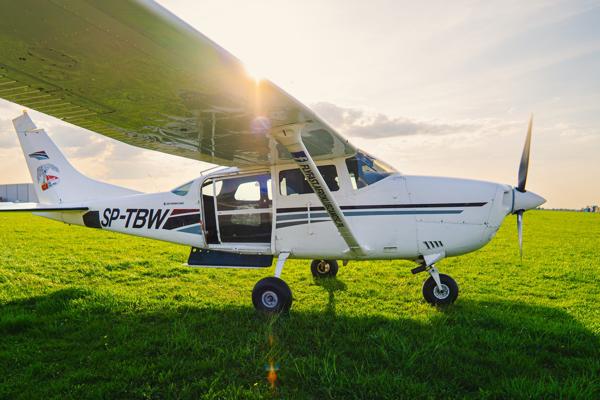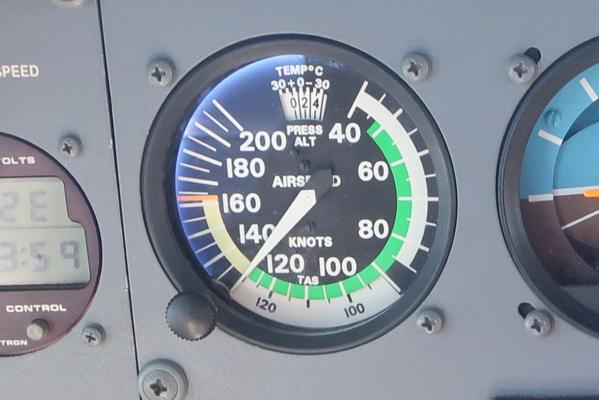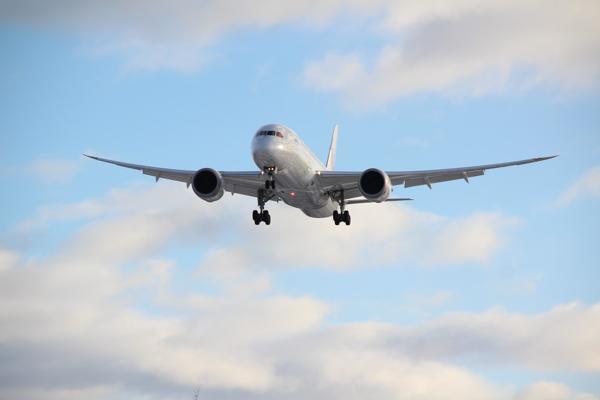Aircraft Systems
Technical information covering the various systems found in a light aircraft.
Are you setting your mixture correctly during flight? Why it's important, and how to operate your airplane engine safely and efficiently.
|
21 March 2024
The altimeter is one of the primary flight instruments and is used to measure vertical height. This post covers operating principles and altimeter design.
|
27 June 2023
The airspeed indicator (ASI) is an instrument that makes use of the aircraft’s pitot-static system to provide the pilot with a reading of the aircraft's speed.
|
30 September 2022
An overview of all aspects associated with light aircraft propellers including forces, design, and how to manage a propeller in flight.
|
28 September 2022
The carburetor forms a part of the engine’s induction system and is responsible for bringing together and mixing the air and fuel.
|
28 September 2022
An aircraft magneto uses the principle of electromagnetic induction to generate the high voltage necessary to drive engine ignition.
|
28 September 2022
Four-stroke engines are the most common engine type in use in the general aviation industry. In this tutorial we will examine the four-stroke cycle in detail.
|
28 September 2022
The lead-acid battery is the most commonly installed battery among general aviation aircraft. This article focus on the chemical reaction that produces EMF and the battery's use in light aircraft.
|
28 September 2022
An aircraft electrical system includes an engine driven generator which provides a continuous source of electricity once the engine is running.
|
28 September 2022
This tutorial focuses on the structural design of the wing and introduces the control surfaces attached to the wing’s trailing edge.
|
28 September 2022
Still looking? Try one of these categories.



